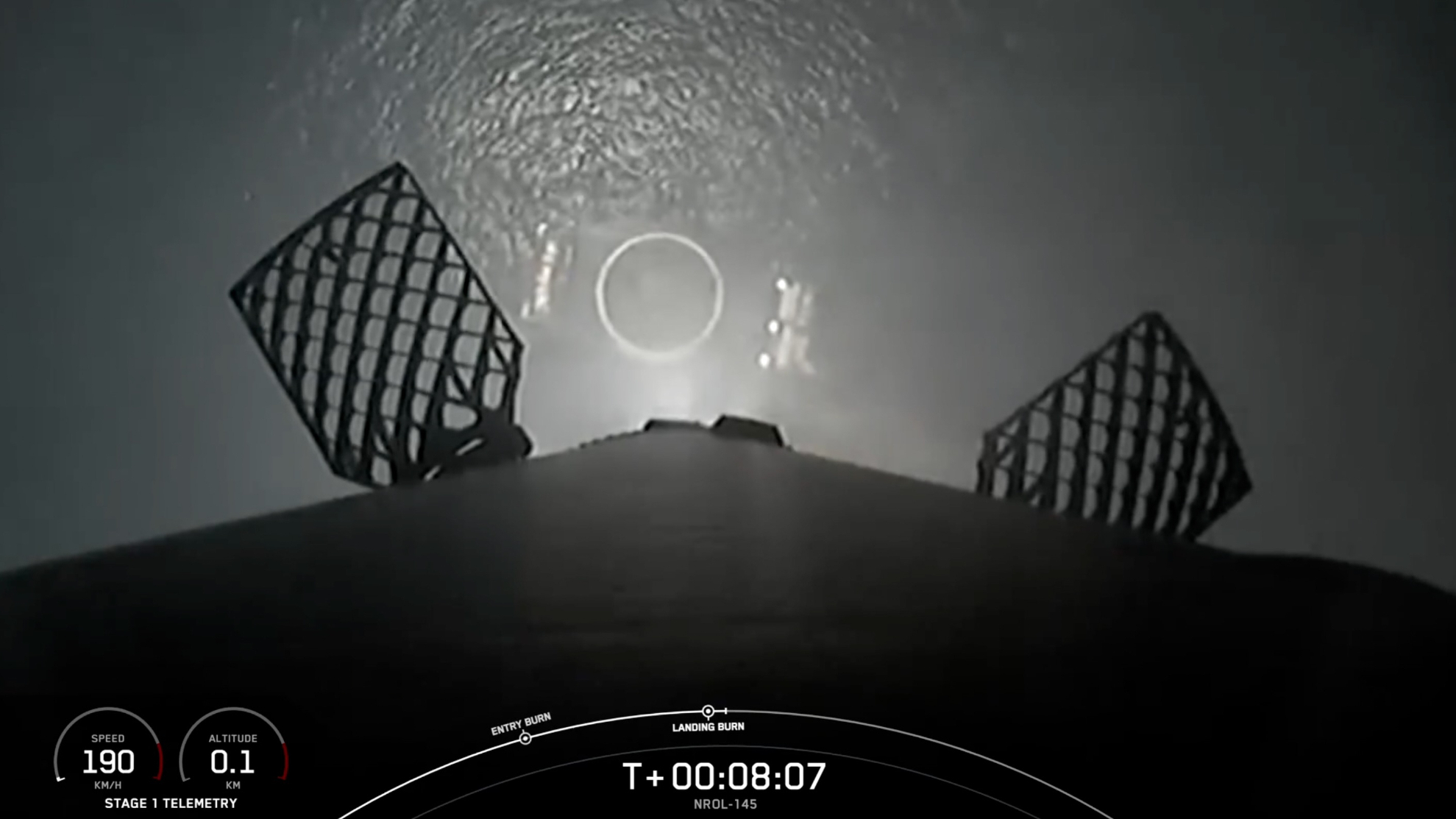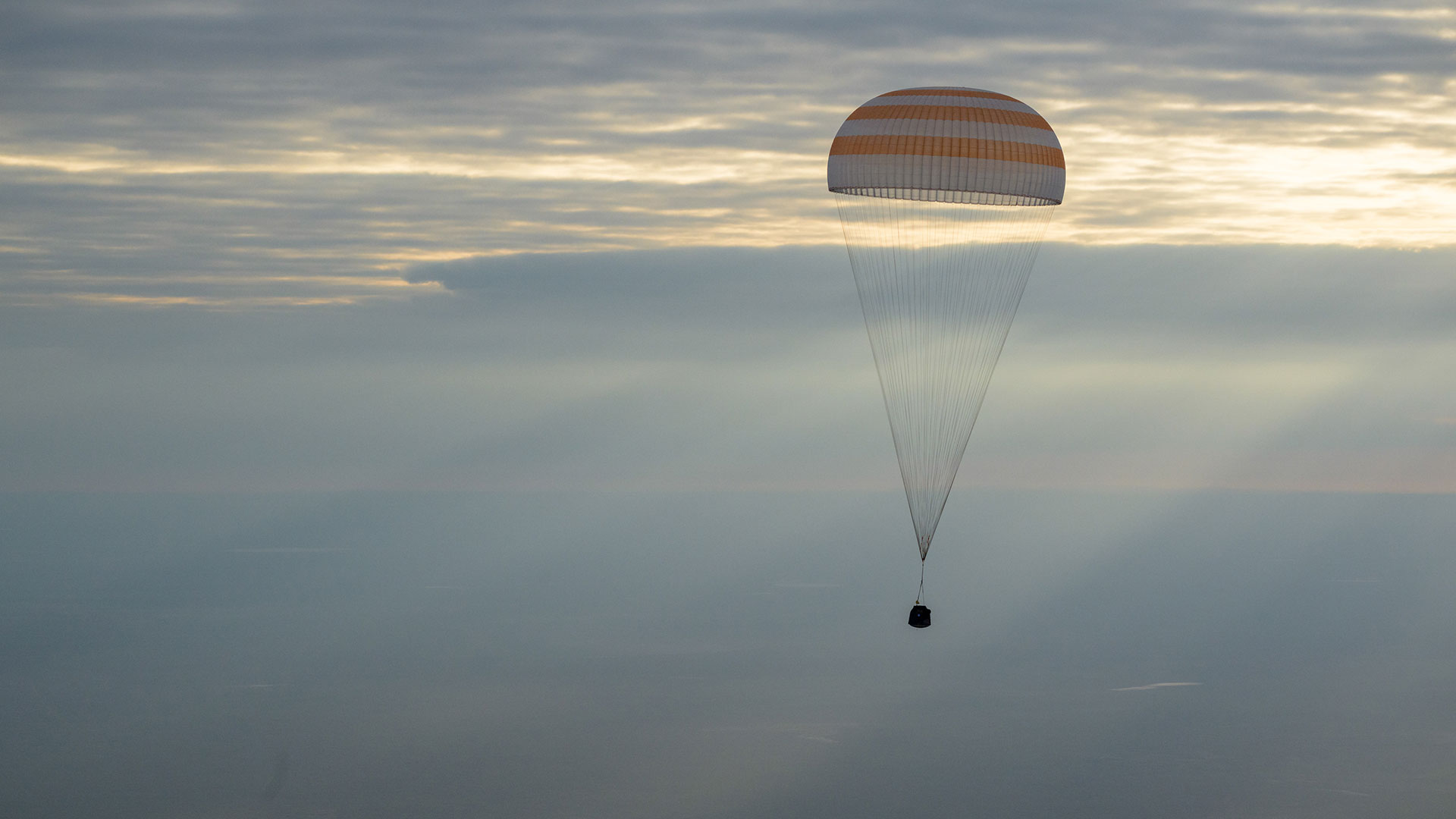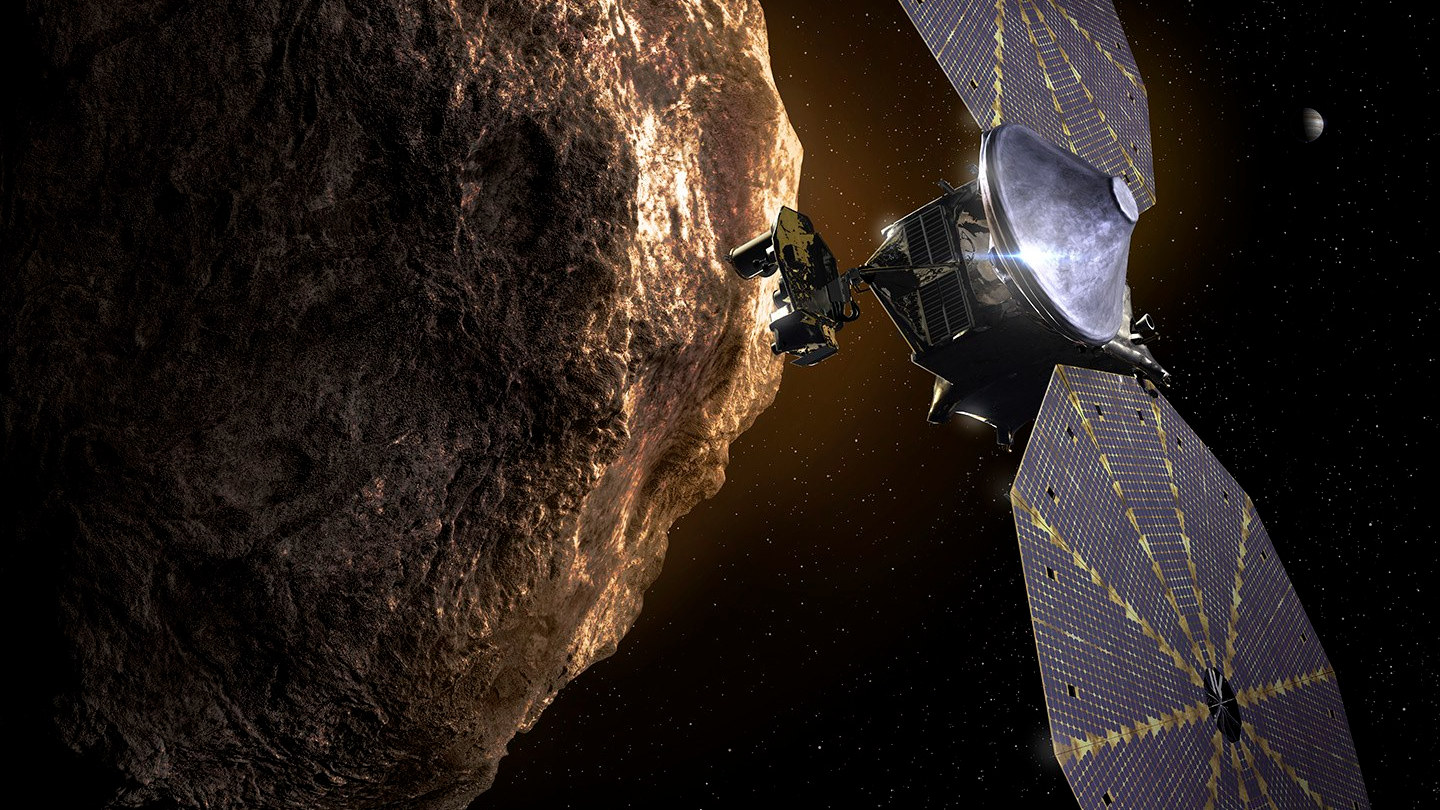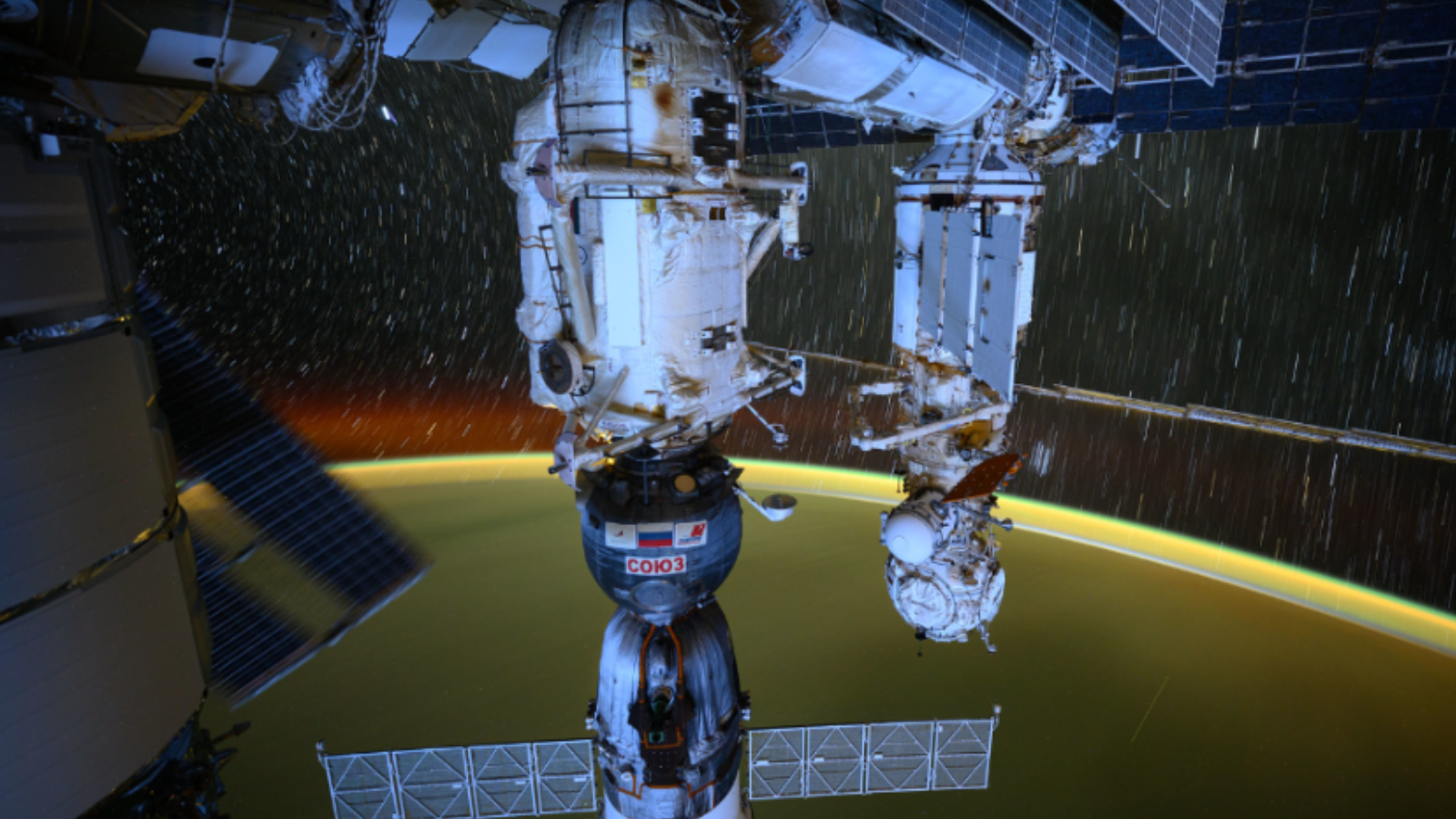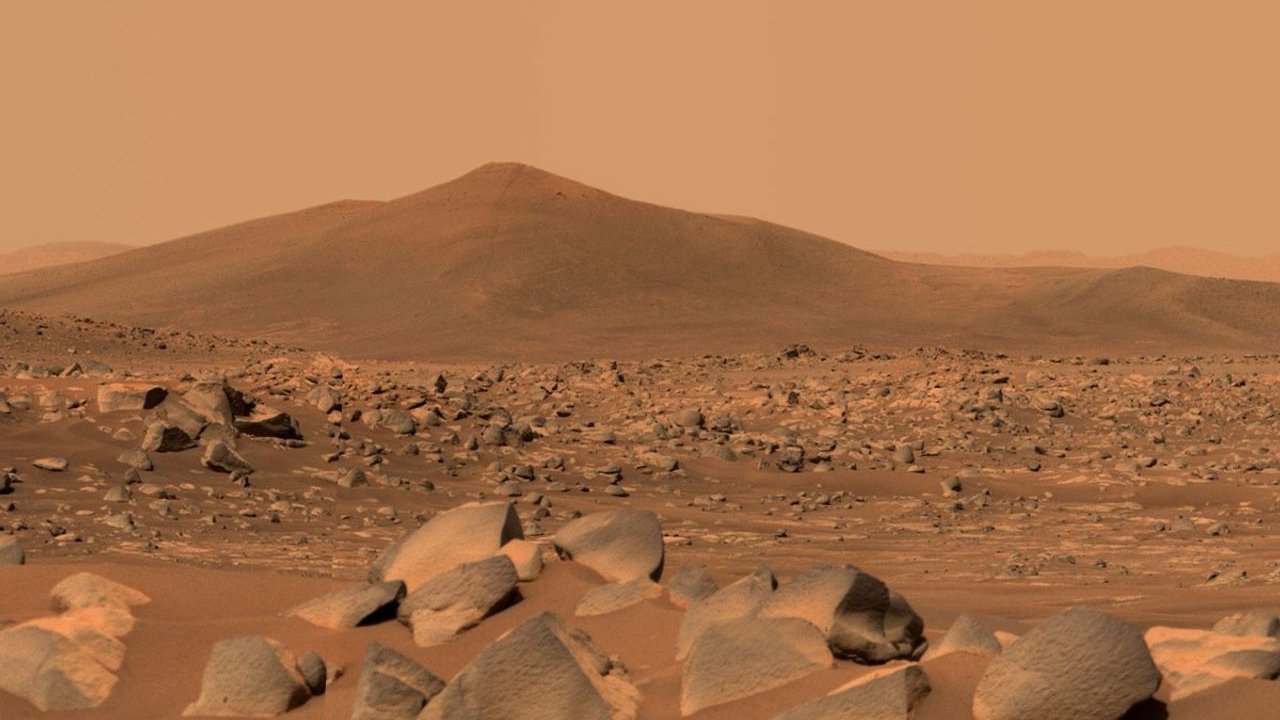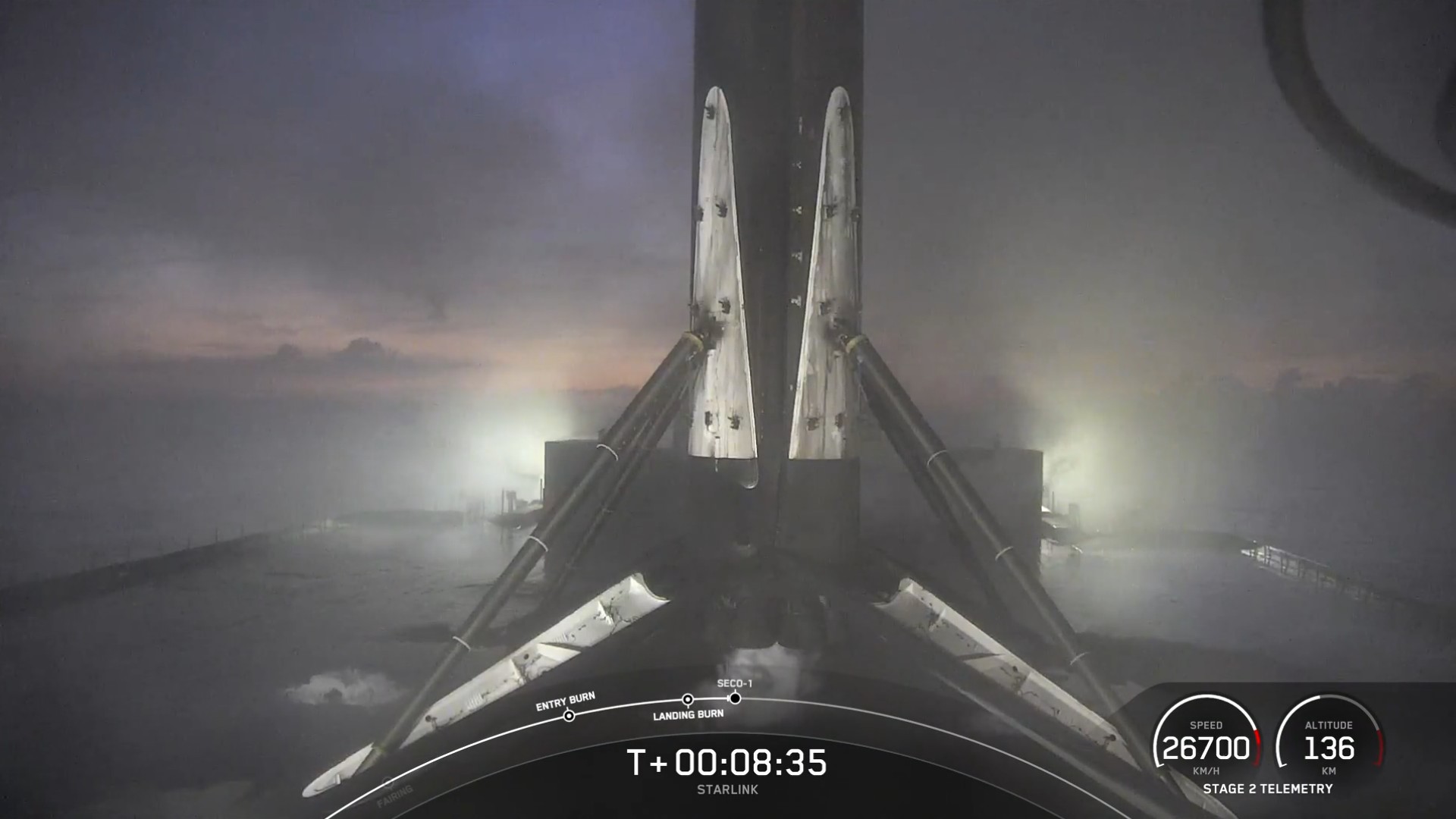NASA officially adds SpaceX's giant Starship megarocket to its launch roster
SpaceX is building Starship as a full reusable heavy-lift rocket to fly astronauts to the moon and Mars.
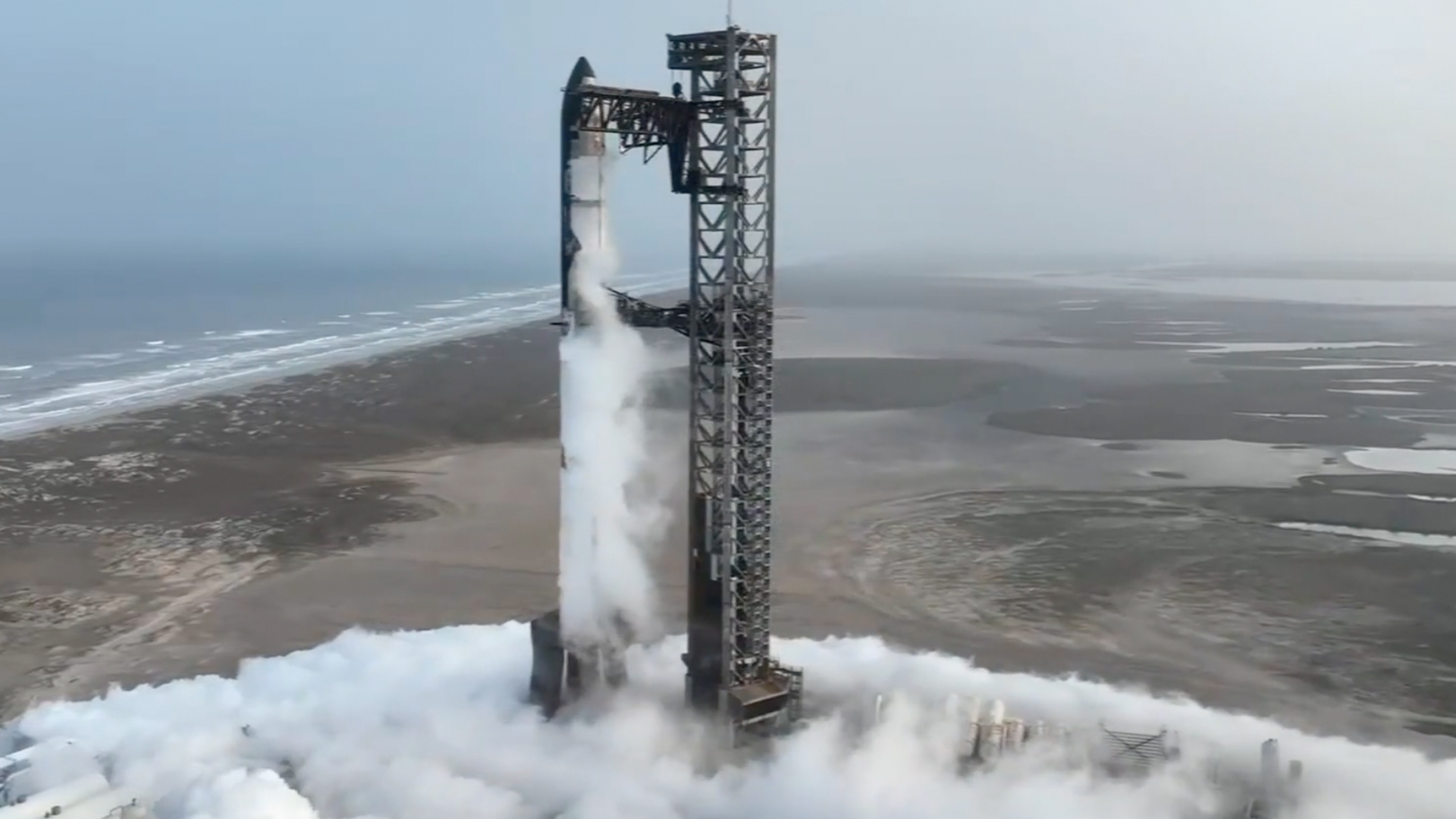
SpaceX's Starship megarocket, the world's most powerful rocket, is officially on NASA's list for future launches.
NASA on Monday (March 31) announced that it has awarded SpaceX a launch services contract for Starship that adds the giant rocket to the private company's roster, which already includes the reusable Falcon 9 and Falcon Heavy boosters. The deal, called a NASA Launch Services II (NLS II) contract, allows SpaceX to pursue NASA launches on Starship rockets.
"The NLS II contracts are multiple award, indefinite-delivery/indefinite-quantity, with an ordering period through June 2030 and an overall period of performance through December 2032," NASA wrote in a statement.
NASA uses NLS II contracts to secure commercial launch services for a wide range of missions, including Earth-orbiting satellites, planetary probes and more. "These high-priority, low and medium risk tolerant missions have full NASA technical oversight and mission assurance, resulting in the highest probability of launch success," the agency said in the statement.
SpaceX's Starship vehicle, which stands 403.5 (123 meters) tall, is the world's largest rocket and is designed to be fully reusable. SpaceX has launched Starship on eight test flights since 2023, but has yet to successfully orbit the Earth or deploy payloads with the spacecraft. SpaceX launches the massive stainless steel rocket from Starbase facility near Boca Chica Beach in South Texas.
The company has successfully landed a Starship first-stage booster, called Super Heavy, several times by catching it in giant metal "chopsticks" at its launch pad. But its last two Starship test missions, Flight 7 and Flight 8, exploded when their Ship upper stages failed during ascent in January and March of this year.
NASA has picked a lunar version of Starship to land its Artemis 3 astronauts on the moon by 2027. SpaceX founder and CEO Elon Musk has said he wants to use Starship to send people to Mars.
Get the Space.com Newsletter
Breaking space news, the latest updates on rocket launches, skywatching events and more!
Join our Space Forums to keep talking space on the latest missions, night sky and more! And if you have a news tip, correction or comment, let us know at: community@space.com.

Tariq is the Editor-in-Chief of Space.com and joined the team in 2001, first as an intern and staff writer, and later as an editor. He covers human spaceflight, exploration and space science, as well as skywatching and entertainment. He became Space.com's Managing Editor in 2009 and Editor-in-Chief in 2019. Before joining Space.com, Tariq was a staff reporter for The Los Angeles Times covering education and city beats in La Habra, Fullerton and Huntington Beach. In October 2022, Tariq received the Harry Kolcum Award for excellence in space reporting from the National Space Club Florida Committee. He is also an Eagle Scout (yes, he has the Space Exploration merit badge) and went to Space Camp four times as a kid and a fifth time as an adult. He has journalism degrees from the University of Southern California and New York University. You can find Tariq at Space.com and as the co-host to the This Week In Space podcast with space historian Rod Pyle on the TWiT network. To see his latest project, you can follow Tariq on Twitter @tariqjmalik.
You must confirm your public display name before commenting
Please logout and then login again, you will then be prompted to enter your display name.
